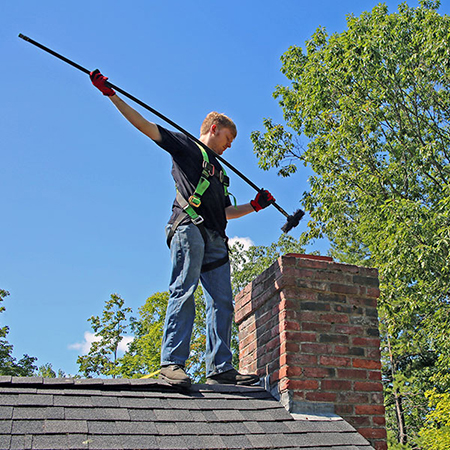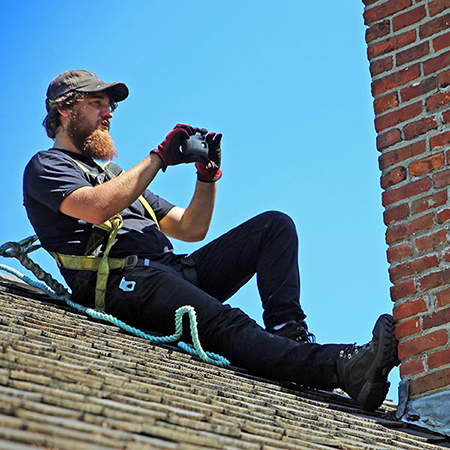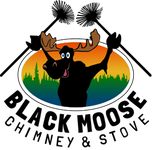
If you’ve just had a new fireplace built or installed, or if you’ve just moved into a home with a fireplace already in it, you’re in for some enjoyable times in the years ahead. Make them more enjoyable by following these tips for first-time fireplace use and use from then on.
Ensure that the chimney is clean
This doesn’t apply if you have a brand-new fireplace and vent system. But if you’re new to the home and its existing fireplace, don’t go by appearances – only a professional chimney sweep can determine if your flue is loaded with flammable creosote or obstructions. Arrange for a CSIA-certified chimney professional to clean your fireplace before firing it up.
Have the fireplace and chimney inspected
If the fireplace you’ll be using for the first time was used by the previous homeowners, schedule a service call with a fireplace and chimney company to make sure the unit is safe and that all parts are in good working order.
If you have any question about the condition of the chimney, have it inspected. Trained chimney inspectors can easily determine if certain structural or component repairs are required before using the chimney for the first time.
Install smoke and CO detectors
It’s critically important when using any fire-based heating appliance to have working smoke detectors and carbon monoxide (CO) monitors in the house and near the appliance. Smoke detectors alert you to smoke. CO detectors alert you to deadly carbon monoxide, which you can neither see nor smell.
Start off with good burning practices
Whether it’s a brand-new unit or an older one you’ve had cleaned and inspected, it’s smart to burn wood correctly right from the start. Primarily this means using only dry (seasoned) wood rather than wood that is damp. Unseasoned wood creates much more smoke and therefore adds much more creosote to your flue. Also, damp wood burns sluggishly and incompletely.
Getting a fire going the right way is easy: stack the logs with some breathing room between them, add smaller wood scraps (kindling) on top, then on top of that add tinder, which can be crumbled-up, uncolored newspaper.
 Never use the following in your fireplace:
Never use the following in your fireplace:
- Gasoline, lighter fluid, charcoal starter or any other accelerant
- Christmas trees
- Packaging materials/cardboard boxes
- Clothing or any type of fabric
- Pieces of treated or painted wood
- Household garbage
- Plastics of any kind
4 additional safety measures
- It’s always smart to install quality glass fireplace doors or at least set up a proper fireplace screen in front of the firebox to keep fiery embers from popping out of the flames and causing damage.
- Keep young children and pets away from the fireplace while it’s in use and after a fire.
- Don’t overload the firebox. It’s better to occasionally add logs than to jam a ton of wood in there to save you trouble, because it could overheat the system.
- Make sure the fire is fully extinguished before leaving the house for any length of time.
Know the signs of a chimney fire
- Odd clicking or tapping noises
- Huge amounts of smoke coming from either end of the system
- A rumbling noise like a distant train
- And, obviously, flames leaping out of the top of your chimney
If any of these happen, call local emergency services and, if safe to do so, put out the fire in the fireplace. After the situation is under control, have your chimney professionally inspected before using the fireplace again.
Black Moose Chimney & Stove of Antrim, NH, wants everyone to get the most out of their new fireplaces and enjoy them for many years. If you’re getting ready to use your fireplace for the first time, call us to perform a thorough inspection and necessary cleaning to make sure your fireplace and chimney are safe. Reach us any time at (603) 525-7905.


